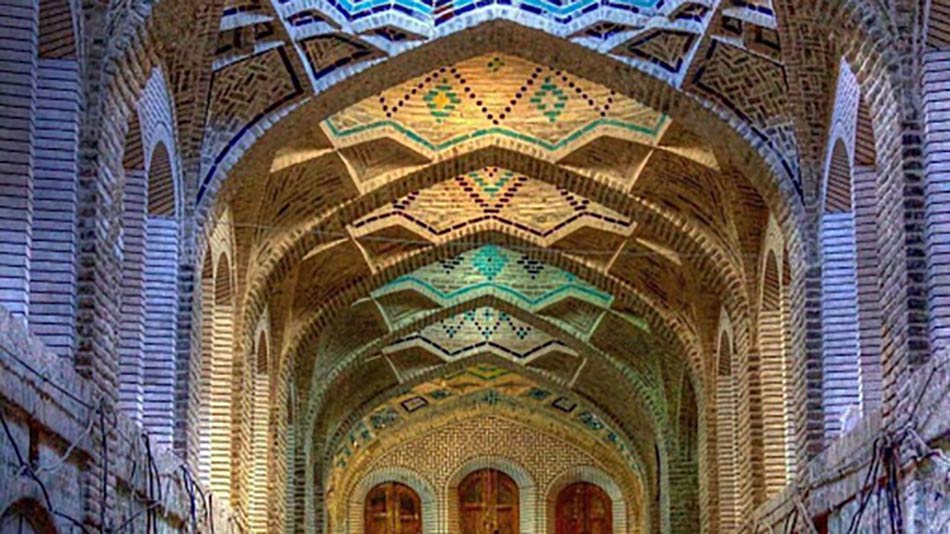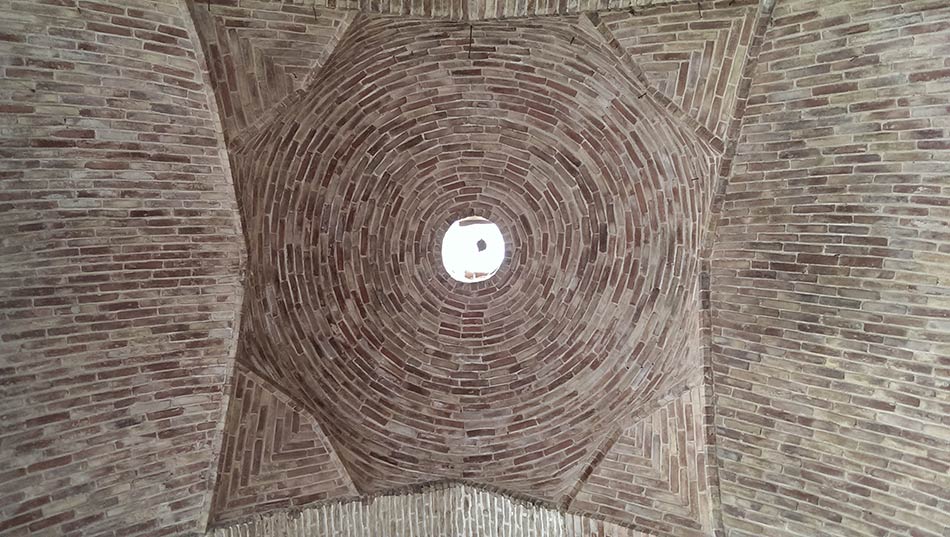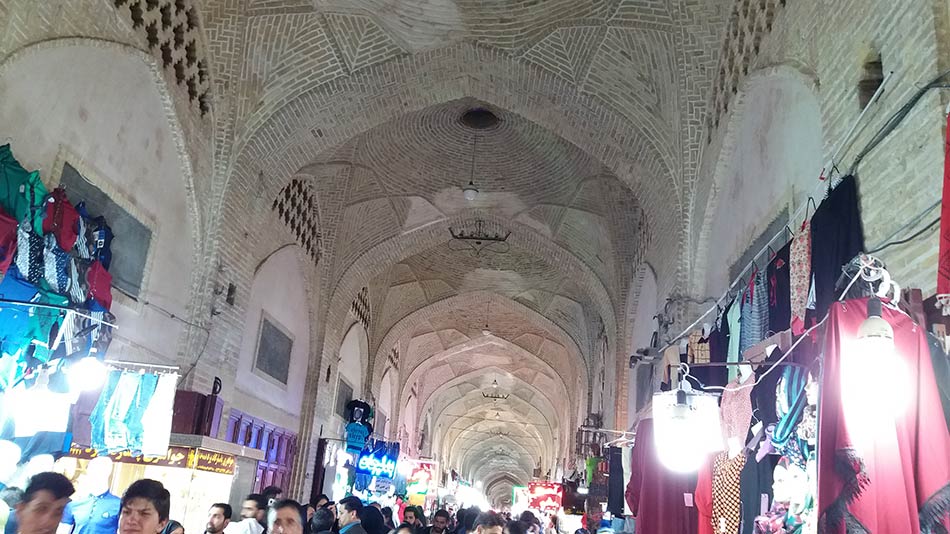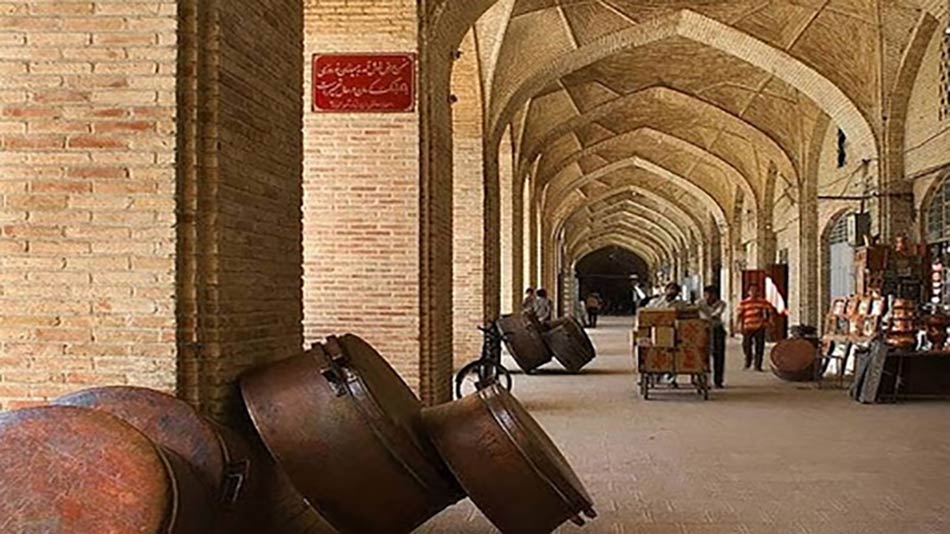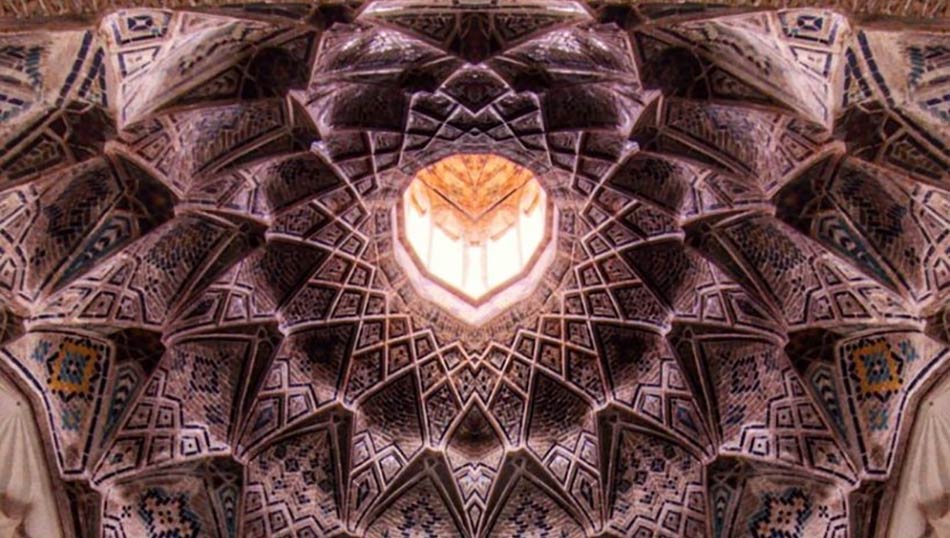The Grand Bazaar of Kerman
The bazaar in Kerman dates back to 600 years ago to Timurid era when a number of people got together and established an optional bazaar as the primary base of the great bazaar in Kerman. Other parts were then added to it in different periods of time and finally ended up to the formation of the bazaar which is the greatest bazaar in the country in terms of market order. This complex contains different attractions such as magnificent architectural styles from different historical periods, museums, bathhouses, caravanserais, etc. The liveliness of the bazaar itself and its original spirit that has not faded away is enough to catch the eyes of every visitor.
Kerman Grand Bazaar has seen several historical periods’ developments. Its architectural style is very rich and valuable. By the specific shape of each bath or mosque in different bazaars, we can study the type of architecture of their periods and achieve amazing results. According to many tourism researchers, this bazaar is one of the largest and longest bazaars in the country. In addition, since a long time ago, it has been a place for buying, selling, exporting and importing various goods in the province.
This precious complex begins in eastern and western parts from the Arg Square and end in Mirza Reza-ye Kermani Street. It has included invaluable attractions such as Ganj Ali Khan, Vakil Complex, Sardar House, Gheisariehs, etc. in a 1200 meters long roofed space (except for Mozaffari Bazaar). Wherever you step in the bazaar, you will feel a weird and different feeling; copper-smith Bazaar reminds you of the history and traditional aspect of the place; Mozaffari Bazaar represents the most common aspect of the bazaar, that is, business and common public purchases to meet their daily needs; the tourists and ancient monument lovers are mostly seen in Ganj Ali Khan and Arg bazaars.
The most important part of the bazaar is called the Ganj Ali Khan complex and was built in the Safavid era. Ganj Ali Khan complex contains a big public square which is surrounded by Ganj Ali Khan Bazaar, the Ab Anbar (water reservoir), a coin mint, a bathhouse and a caravanserai. Ganj Ali Khan Bazaar connects to the Ganj Ali Khan Chahar-Soogh from the east. Chahar-Soogh is a place where two bazaars cross each other. Chahar sooghs are the most important and crowded places of a bazaar and usually have an open area, like a small square, to handle the crowd. Ganj Ali Khan Chahar-Soogh is the greatest Chahar-Soogh of the Kerman Bazaar, designed with some beautiful paintings dating back to the 17th century. The dome of Ganj Ali Khan Chahar-Soogh used to be one of the tallest structures of the city after the Jame Mosque of Kerman.
The next bazaar to the east is the Vakil Bazaar which is the longest bazaar of this complex. The Vakil bazaar also contains a caravanserai, a mosque, a bathhouse and a school. The Vakil Bazaar itself leads to the Mozaffari Bazaar and the Jameh Mosque of Kerman. There are a few more bazaars such as the Sardar, the Ghaleh Mahmmoud, The Ghaleh, the Mesgar-ha (Coppercrafts), Zargar-ha (Goldcrafts) and Kaffash-ha (Shoemakers) bazaars. The entire Kerman Bazaar extends for more than 1,200 meters.
The vast and old bazaar of Kerman in the old downtown and with beautiful appearance has remained from old times and its architectural properties astound observers. As some experts believe, Kerman Bazaar is the greatest competitor of Tabriz Bazaar that was world registered in 1390.
Tags:bazaar, bazaar Kerman, Bazaar of Kerman, bazar, grand bazaar, Kerman, kerman grand bazaar, Kerman province, tour agency, tour operator, tour package, travel agency, travel company

